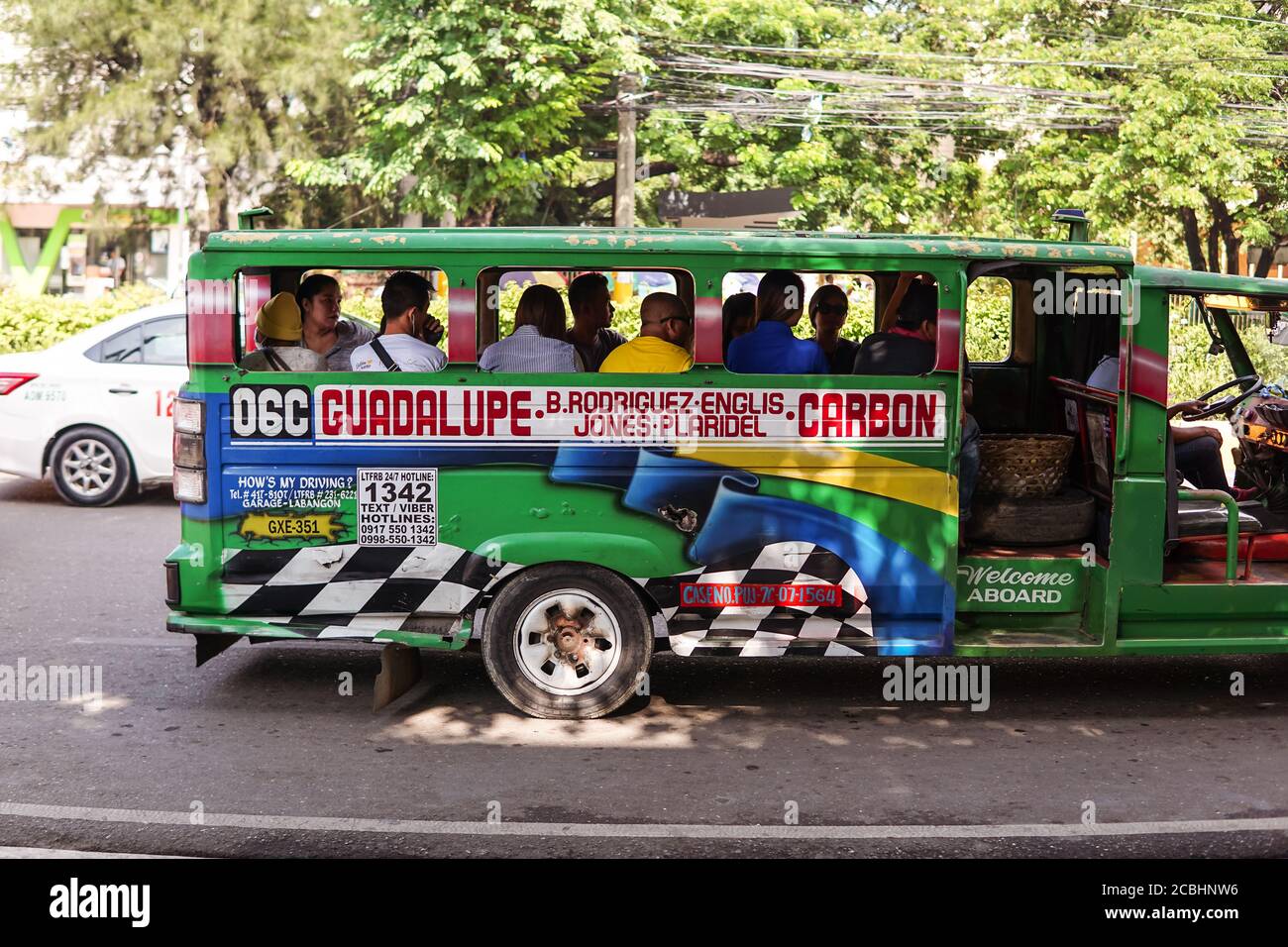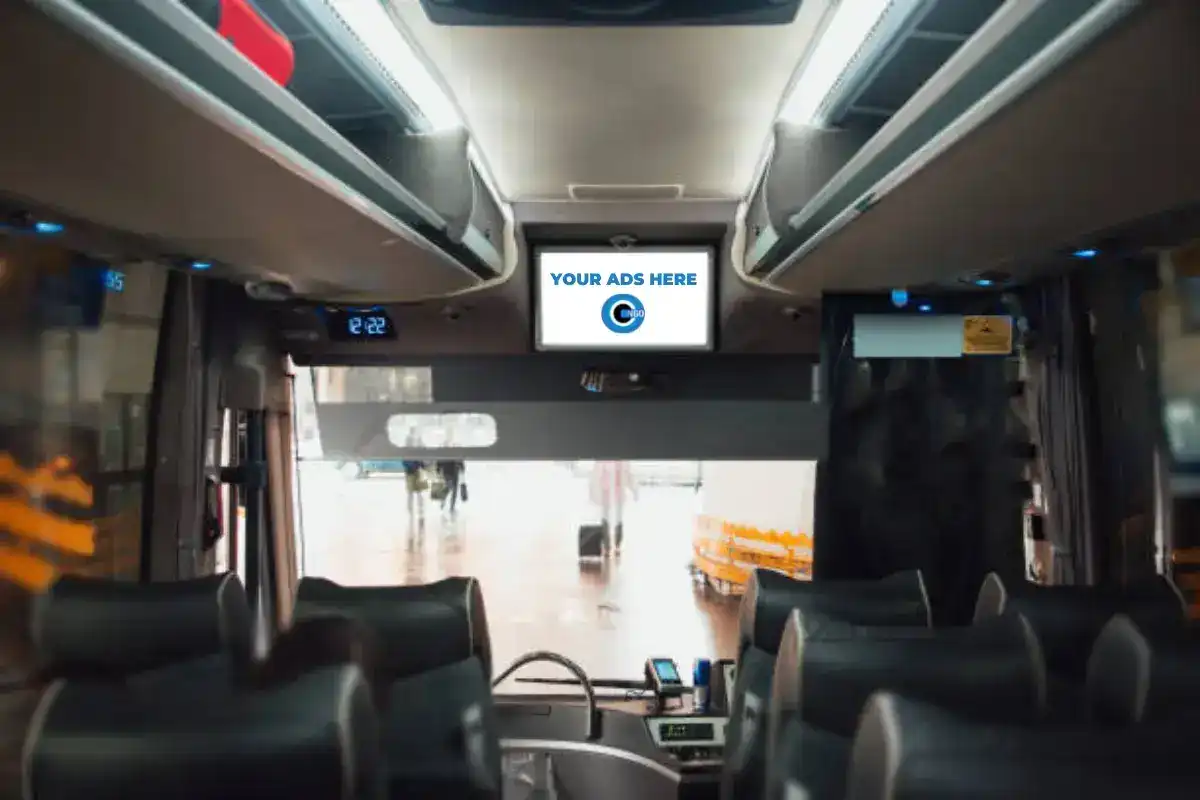Transit Advertising Philippines: An Innovative Means to Promote
Transit Advertising Philippines: An Innovative Means to Promote
Blog Article
Exactly How Transportation Advertising Can Change Public Transportation Spaces Into Dynamic Marketing Operatings Systems
Transit marketing holds considerable potential to redefine public transportation spaces right into vivid advertising and marketing systems that involve and educate. As we check out the diverse benefits and developing techniques of transit advertising, it raises the question of just how this makeover can redefine our interactions with both brands and the urban setting.
Benefits of Transportation Marketing
Additionally, transportation marketing is extremely cost-efficient contrasted to standard media. It permits advertisers to accomplish high impacts at lower expenses, taking full advantage of roi. The restricted audience of commuters gives an opportunity for brand names to share their messages to individuals that are commonly receptive throughout their traveling times.
Moreover, the vibrant nature of transportation advertising permits projects to be updated regularly, making sure that messaging remains pertinent and prompt. This flexibility can be vital in reacting to market trends or promotional events, maintaining the brand top-of-mind for consumers. Finally, the prevalent existence of transit marketing adds to brand name recall; repeated direct exposure within acquainted traveling contexts enhances brand name recognition and fosters consumer loyalty, inevitably improving and driving sales brand name online reputation.
Sorts Of Transportation Marketing
Mass transit systems give different styles for advertising, each providing to various marketing strategies and audience interaction methods. One famous kind is outside bus and train wraps, which cover the whole car and create a mobile billboard impact, allowing for high visibility in metropolitan atmospheres. These covers can record focus as they go across busy roads, reaching a varied audience.
Another prominent layout is interior advertising, which includes posters, digital displays, and advertisements on transit seats. These positionings involve passengers during their trip, enhancing brand name messaging in a confined space. Digital displays, specifically, use the benefit of dynamic material, making it possible for marketers to upgrade messages in real-time.
Station marketing is also substantial, including posters, banners, and interactive booths within transportation stations. These ads utilize foot traffic and can target details demographics based on place.
Lastly, promotional partnerships with transportation authorities can bring about one-of-a-kind campaigns, such as themed transit experiences or events, boosting the general interaction with commuters. Each kind of transportation advertising supplies distinct advantages, permitting brands to customize their technique to effectively reach their target market within the public transportation ecological community.
Involving Commuters Effectively
Commuters are significantly inundated with marketing messages throughout their everyday journeys, making it necessary for brands to involve them in cutting-edge methods. To capture interest in this congested space, advertisers need to focus on creativity and importance. Utilizing distinctive visuals and concise messaging can substantially enhance the possibility of engagement.
Interactive components, such as QR codes or increased reality functions, can additionally transform fixed ads right into immersive experiences, fostering a much deeper link with the audience. Brand names should focus on attending to travelers' needs and interests, tailoring messages to resonate with their lifestyle, whether via promos for neighborhood businesses or solutions made to boost their travelling experience.
Furthermore, timing plays a critical function; strategically positioning advertisements during peak commuting hours can make the most of presence and effect. Involving travelers successfully likewise involves leveraging social networks assimilation, enabling passengers to share their promos or experiences directly from transit systems, thus magnifying brand name reach.
Fundamentally, efficient involvement depends upon understanding the commuter journey and producing engaging, interactive, and relevant advertising experiences that not just catch attention yet additionally drive action and commitment. By doing so, brands can transform mass transit into a dynamic advertising and marketing platform that reverberates with its audience.

Measuring Marketing Impact
Just how can brands properly assess the efficiency of their ad campaign en route environments? Gauging the impact of transportation advertising calls for a complex method that integrates qualitative and measurable metrics. One widespread approach is tracking interaction through mobile analytics, where brand names can evaluate foot web traffic patterns and app interactions previously, during, and after campaigns.
Studies can supply beneficial insights into brand name recall and consumer view, allowing brand names to evaluate exactly how well their messages reverberate with travelers. Additionally, keeping an eye on social networks engagement related to details campaigns can reveal shifts in public understanding and brand name discussion.

In addition, collaborating with transit agencies can boost dimension precision, as they usually possess comprehensive market data on ridership patterns. By incorporating these techniques, brand names can create a comprehensive understanding of their marketing efficiency, making sure that their my company campaigns not only reach yet also impact their target audiences efficiently.
Future Fads in Transportation Marketing
A considerable shift is prepared for in transportation marketing as technical developments and transforming customer behaviors reshape the landscape. Transit Advertising Philippines. The integration of electronic display screens and interactive media is anticipated to boost engagement, allowing brands to supply dynamic web content that reverberates with diverse target markets. As public transportation systems accept smart innovation, advertisers will leverage real-time data analytics to tailor messages based on passenger demographics and behaviors
Moreover, enhanced truth (AR) is poised to change the means travelers communicate with ads. why not check here By offering immersive experiences, AR can transform an ordinary journey into an appealing story that catches attention and fosters brand name commitment. This advancement will likely motivate advertisers to develop even more experiential campaigns that drive customer communication.
Sustainability is one more vital trend influencing transit advertising. As environmental awareness grows, brands will significantly look for to line up with green methods, utilizing lasting materials and promoting green campaigns within their projects.
Conclusion
In final thought, transit marketing provides substantial benefits by enhancing brand name visibility and engaging a restricted audience. With numerous formats, such as outside covers and digital displays, it changes mass transit into a lively marketing platform. Reliable interaction strategies and robust measurement strategies better enhance its influence. As trends advance, the potential for innovative communications between brands and travelers is poised to expand, guaranteeing that transit marketing stays an important element of modern advertising methods.
Transportation advertising and marketing holds substantial their website potential to redefine public transport spaces right into vivid advertising platforms that educate and involve. The prevalent presence of transportation advertising and marketing adds to brand recall; repeated exposure within familiar traveling contexts reinforces brand awareness and fosters customer loyalty, ultimately improving and driving sales brand track record.
How can brands properly assess the effectiveness of their advertising and marketing projects in transportation environments?In conclusion, transit marketing offers considerable benefits by boosting brand exposure and involving a captive audience. Transit Advertising Philippines. As trends evolve, the possibility for ingenious communications between brands and commuters is positioned to grow, ensuring that transportation advertising and marketing remains an important part of modern-day advertising and marketing approaches
Report this page